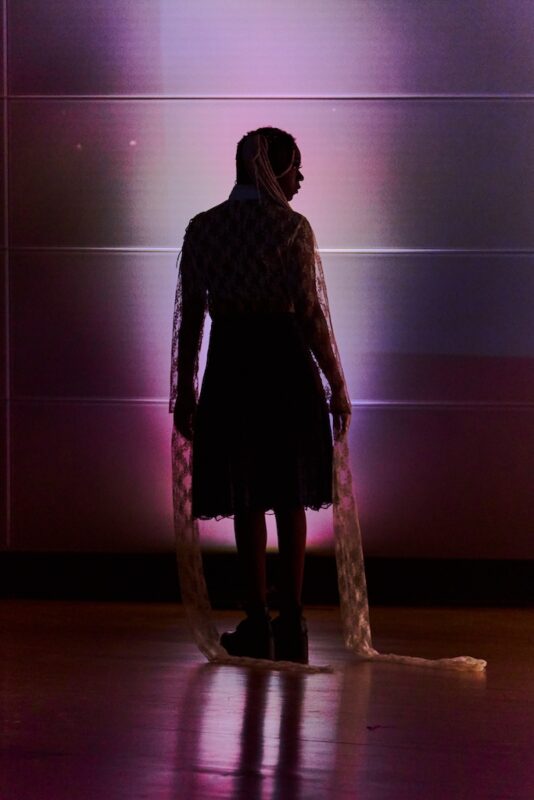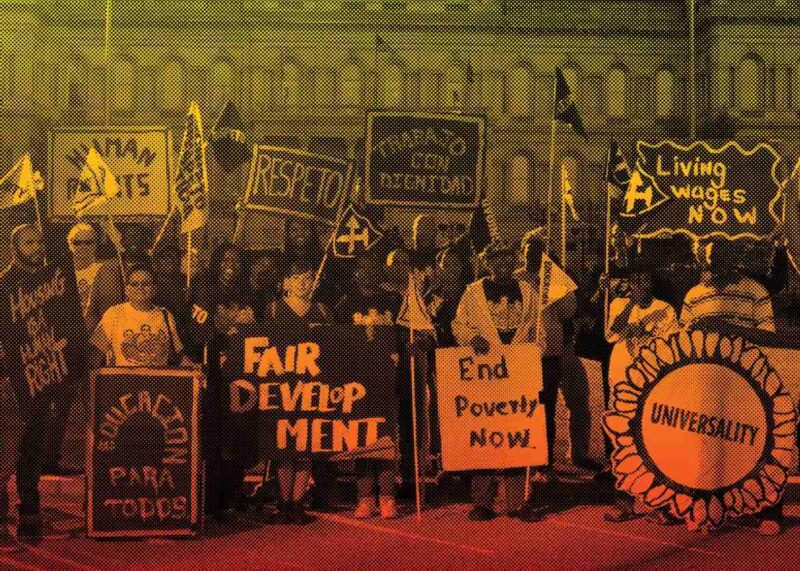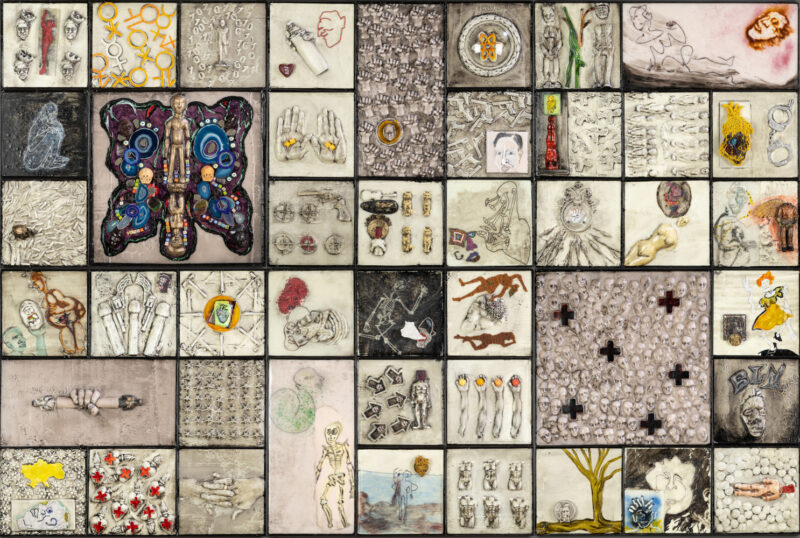There are rumors which have been flying rampantly around the world, especially via the internet. I had heard art students discussing this a few weeks ago and, when I asked for more information, was told it was all a big publicity hoax. Then I got the newsletter from my local SPCA which ran a story about a Costa Rican artist who chained up a dog in an art gallery in Nicaragua and gave it no food and no water until it died, encouraging people to boycott the artist. From what I have read, the artist did this to draw awareness to the problem of tens of thousands of feral dogs, many of whom are sick and starving. But it is a really gross idea and picture – a diseased and starving dog, chained up, in the middle of an art opening where people are drinking wine and eating cheese. Why didn’t any of the art patrons intervene? Apparently, not one did.
So what is the real story? If anyone has a more direct or reputable source of information, please send it along or put it in a comment.
Click here to read the Guardian’s version.
According to Wikipedia:.
“In 2007 Guillermo Vargas took a stray dog from the streets of Managua, Nicaragua, and tied it to a short leash in an art gallery, titling his exhibit “Eres Lo Que Lees” (“You Are What You Read”). Photographs appeared on the Internet showing a emaciated dog, tied to a wall by a length of rope in a room full of standing people, with the title of the exhibit written on the wall in dog food.
The outrage triggered by the exhibit spawned allegations that the dog had been left to starve to death; these allegations quickly spread internationally via blogs, e-mails, and other unconfirmed sources. However, other than a three-hour period during which the dog was on display as part of Vargas’ exhibit, the gallery alleges the dog was not tied up, and was fed with food brought in by Vargas himself.
There are no indications in the photos of where or when they were taken, nor of who took them. Juanita Bermúdez, the director of the Códice Gallery, was quoted in La Prensa as saying that the animal was fed regularly and was only tied up for three hours on one day before it escaped. Upon conducting a probe, the Humane Society was informed that the dog was in a state of starvation when it was captured and escaped after one day of captivity; the Humane Society also acknowledged, in reference to reports that the dog had been starved to death, “the facts [had] been misconstrued in some news articles”; however, the organization also categorically condemned “the use of live animals in exhibits such as this.”
This matter was brought to the attention of the World Society for the Protection of Animals (WSPA), who investigated the issue found it had enough merit to take action, and are satisfied that no animals will be abused during the upcoming Biennial exhibition.” — Wikipedia





